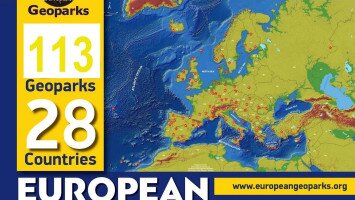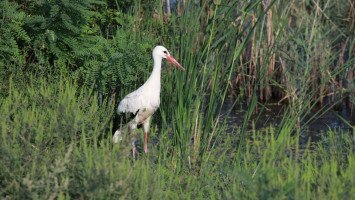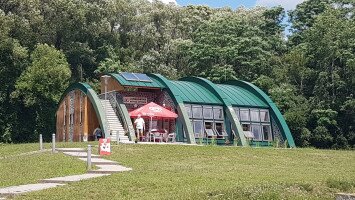
History and value
Fülek Castle Hill (maar): The castle was built on the remains of a maar-type crater wall. From the layers leaning westwardt we can assume that this is the inner wall of the crater, so the center of the crater may have been the site of today's Fülek center. The nature of the volcanic layers can be studied in several excavations along a study trail. There are layered lapillary tuffs with volcanic bombs, which consist partly of basalt and partly of sandstone of the subsoil. The edges of the sandstone bombs were burnt out and the soft inner part was usually sapped. In addition, we can observe sinu-volcanic slip and other deformation structures created by gravitational motion or seismic shaking on the inside of the crater. According to the location of the middle Pleistocene terraces, the Maar age is approx. It can be estimated at 400-500 thousand years (Vass et al. 1992). It is the youngest volcanic form of the Cseres Mountains. A similar maar structure can be found on the northern edge of Fülek, on the Red Stone. The layers of the tuff ring are exposed by a small abandoned mine.
On the castle hill, a 5-panel, complex-renovated study trail was established, which informs visitors about the geological, historical, botanical and landscape values of the castle hill and the surrounding area. The castle complex is undergoing continuous renovation, which in turn does not affect its accessibility. A historical and paleontological exhibition can be seen in the Bebek Tower. The castle can be reached from Podhradská Street. Nearby parking is available along the connecting road from Baštová Street and in the parking lot in front of the Town Hall. The castle courtyard is a venue for various cultural and community events. Degree of protection: 2, Landscape Protection Area of Cseres Mountains. The Castle of Fülek has been declared a state monument.














